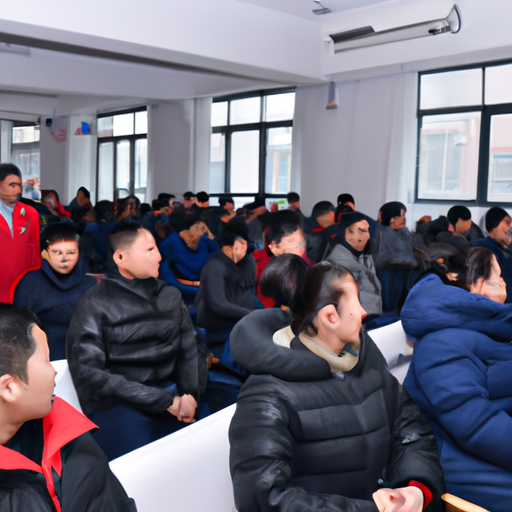Array industry is an industry involving multiple fields, including photovoltaics, semiconductors, electronics, communications, etc., and it is an industry with broad development prospects. With the growth of global energy demand and the increasing awareness of environmental protection, solar photovoltaic arrays, as a representative of clean energy, have received more and more attention and investment. At the same time, with the continuous progress and innovation of technology, the array industry is also constantly developing and growing.

1. The market size continues to expand: With the growth of global energy demand and the increasing awareness of environmental protection, the market size of solar photovoltaic arrays continues to expand. According to data from the International Energy Agency, the global new photovoltaic installed capacity reached 115GW in 2019, setting a new historical record. It is expected that in the coming years, the photovoltaic market will continue to grow.
2. Continuous technological innovation: With the continuous progress and innovation of technology, the technological level of the array industry continues to improve. Currently, photovoltaic technology has entered the fifth generation, with high efficiency, high stability, and low cost becoming the main development direction of the industry. At the same time, technologies such as intelligence, digitization, and automation are also widely used in the array industry.
3. Continuous improvement of the industrial chain: The industrial chain of the array industry continues to improve, with continuous development and growth in areas such as raw material supply, equipment manufacturing, component production, and system integration. At the same time, government policy support and industrial policy guidance also provide strong support for the development of the array industry.
4. Fierce international competition: With the continuous expansion of the global photovoltaic market, international competition has become increasingly fierce. Countries such as China, the United States, and Germany are actively promoting the development of the photovoltaic industry, competing for market share and technological leadership. Meanwhile, emerging markets such as India and Brazil are also accelerating the development of the photovoltaic industry.
In general, the array industry is an industry with broad development prospects, with the market size continuously expanding, technological innovation, continuous improvement of the industrial chain, and fierce international competition. In the future, with the growth of global energy demand and the increasing awareness of environmental protection, the array industry will continue to maintain a rapid growth trend and become an important part of the clean energy field. At the same time, governments, enterprises, and research institutions should strengthen cooperation and jointly promote the development of the array industry, making greater contributions to the sustainable development of humanity.
Array industry is an industry involving multiple fields, including photovoltaics, semiconductors, electronics, communications, etc., and it is an industry with broad development prospects. With the growth of global energy demand and the increasing awareness of environmental protection, solar photovoltaic arrays, as a representative of clean energy, have received more and more attention and investment. At the same time, with the continuous progress and innovation of technology, the array industry is also constantly developing and growing.

1. The market size continues to expand: With the growth of global energy demand and the increasing awareness of environmental protection, the market size of solar photovoltaic arrays continues to expand. According to data from the International Energy Agency, the global new photovoltaic installed capacity reached 115GW in 2019, setting a new historical record. It is expected that in the coming years, the photovoltaic market will continue to grow.
2. Continuous technological innovation: With the continuous progress and innovation of technology, the technological level of the array industry continues to improve. Currently, photovoltaic technology has entered the fifth generation, with high efficiency, high stability, and low cost becoming the main development direction of the industry. At the same time, technologies such as intelligence, digitization, and automation are also widely used in the array industry.
3. Continuous improvement of the industrial chain: The industrial chain of the array industry continues to improve, with continuous development and growth in areas such as raw material supply, equipment manufacturing, component production, and system integration. At the same time, government policy support and industrial policy guidance also provide strong support for the development of the array industry.
4. Fierce international competition: With the continuous expansion of the global photovoltaic market, international competition has become increasingly fierce. Countries such as China, the United States, and Germany are actively promoting the development of the photovoltaic industry, competing for market share and technological leadership. Meanwhile, emerging markets such as India and Brazil are also accelerating the development of the photovoltaic industry.
In general, the array industry is an industry with broad development prospects, with the market size continuously expanding, technological innovation, continuous improvement of the industrial chain, and fierce international competition. In the future, with the growth of global energy demand and the increasing awareness of environmental protection, the array industry will continue to maintain a rapid growth trend and become an important part of the clean energy field. At the same time, governments, enterprises, and research institutions should strengthen cooperation and jointly promote the development of the array industry, making greater contributions to the sustainable development of humanity.





